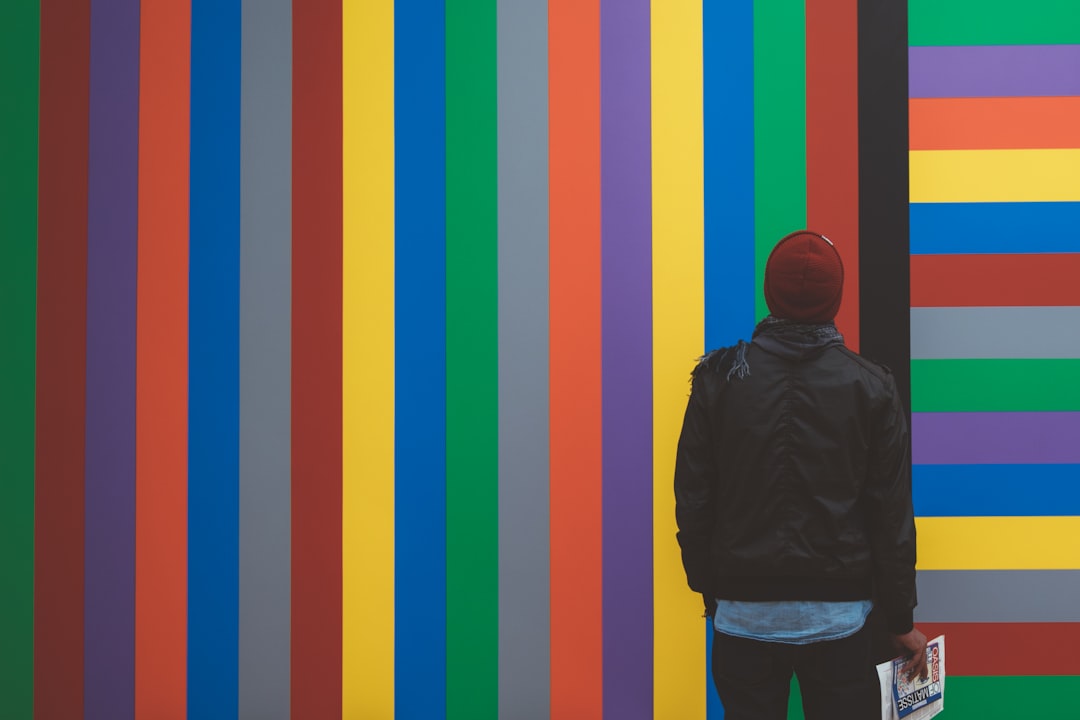What is it about?
The paper highlights the way that the idea of a fundamental separation between humans and the material world has influenced Western academic interpretations of making and is associated with a focus on human agency, a disavowal of material forces and the prioritisation of predetermined ‘designs’ and ‘outcomes.’ Therefore, ‘Making’ has been dominated by the idea that human makers use their skills to impose preconceived ideas ‘onto’ materials. This implies that contingencies need to be mitigated or avoided and that ‘happy accidents’ and serendipities are welcome, but unimportant side-effects of the ‘unruliness’ of materials and ‘influences from the environment.’ This paper gives an alternative interpretation of making whereby humans, materials and environmental factors cannot be understood as separate entities and forces. Therefore, ‘happy accidents’ and serendipities can be seen as traces of material and environmental forces and entities that constitute and ‘guide’ the dynamic processes of making and thereby impinge on human agencies and expectations. This paper highlights the importance of makers’ understanding of practices and making as embodied and embedded processes and their understanding of interrelationships between humans and ‘material reality,’ which also suggests that their knowledge and understanding is relevant to posthumanist theories that acknowledge the fundamental interconnectedness of humans and ‘the world.’
Featured Image
Why is it important?
This paper is offered as a contribution to the field of making theory and discourses engaging with the reframing of human-world relations. Such a revised understanding of serendipity and making will provide makers with a better way to consider the often-ineffable qualities of materials and will facilitate exchanges of ideas between makers and commentators on making and enable them to contribute to interdisciplinary discourses such as posthumanism and new materialism which deal with ideas related to the interdependence and interrelations of humans and 'the world.'
Perspectives
In Western academic histories and commentaries of Art, Design and 'Making' there has been a tendency to focus on the manipulation and 'control' of the material world through human agency. This means that unexpected events and contingencies are viewed as being problematic at best, with 'happy accidents' and serendipities being accepted as welcome 'anomalies.' However, serendipity is one of the few ideas which acknowledges the limits of human agency and which acknowledges the ubiquitous influence of entities and forces beyond human control. Furthermore, artists, carftspeople and makers understand the influence of contingent material forces through their tacit understandings of their enactive and embedded practices. A reinterpretation of serendipity and 'making' can supplement makers unique knowledge and understanding of dynamic material processes and the essential inseparability of humans and the world. A re-evaluation of serendipity and making is not just relevant, but urgently needed, if humans are to repair their relationships with the world they live in.
Nigel Julian Ash
Cardiff Metropolitan University
Read the Original
This page is a summary of: The happy accident: Post-anthropocentric understandings of serendipity in making processes, Craft Research, March 2023, Intellect,
DOI: 10.1386/crre_00096_1.
You can read the full text:
Contributors
The following have contributed to this page










